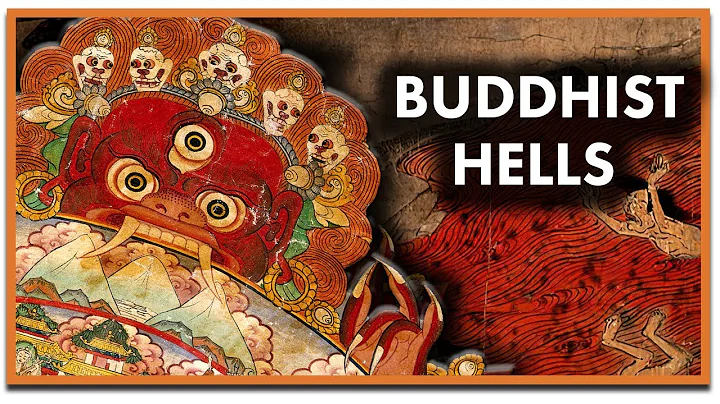When it comes to markets and temple fairs, will people think of temple fairs in towns and traditional festivals?
I heard that the "Yuani City" in several temples in Nagoya is very famous. They have both the nature of a market and the characteristics of temple fairs. Because their locations are all in Buddhist temples and are related to religious activities, they are all called temple fairs for the time being.
There is a "Nitaiji Temple" in the east of in Nagoya City. It was built in the Meiji era in 1904 and is not too old from a historical perspective. But it is a temple jointly established by more than ten sects of Japanese Buddhism, and therefore becomes the only Buddhist temple in Japan that transcends sects.
on the 21st of each month is the day to form a relationship with Japanese Buddhist Shinyan Sect founder Dharma propaganda master . Many believers will come to burn incense, worship Buddha, and listen to the monks talk about Buddha on this day.
plus the temple square and the way to the temple are crowded with various commercial stalls. The quiet temples are crowded from 9 am to the evening. People who worship Buddha, shop and relax constitute the scenery of "Yuanri City". This is the temple fair of Ritai Temple.

When people in Ritai Temple pass the mountain gate, they usually walk straight to the Buddhist temple first, burn incense and worship Buddha before going to the bustling temple fairs, and go to different stalls to buy goods.
If it is different from supermarkets and shopping malls, it is that most of the products at temple fairs are direct sales from the origin or producer. Many of the stall owners are mobile stall owners who make a living by making a living. They travel to temple fairs in different periods and places all year round. Therefore, in addition to local products, there are also local specialties from other parts of Japan.
Fresh, high-quality, cheap vegetables and fruits, the stall owners talk and laugh with their guests, and the business process is full of human touch, which are all scenes that supermarkets and modern commercial facilities do not have. People can feel happiness here, and traditional temple fairs have thus retained a place in modern cities.

Temples and shrines are all over the cities and villages of Japan. Even in metropolis, there are countless ancient temples and shrines. In a long time, with folk belief activities, temples and shrines became places where people gathered, and commercial and entertainment activities serving believers naturally appeared here. This is the historical and cultural background formed by the temple fair, which developed and improved in religious belief activities.
With the temple fair, people can also shop and eat after worshiping in temples and shrines, and watch various art performances. Chasing the temple fair has become a social custom in people's lives in the past to obtain material satisfaction and spiritual happiness. In recent decades, due to the development of social economy, changes in people's lifestyles and business forms, temple fairs in many places have been difficult to maintain. Temple fairs that were fortunate to survive have also changed in form. Combining worship of gods and Buddhas and periodic markets has become the main form of temple fairs.

The temple fair has been used as a tourist resource in various places. Foreign tourists and even foreign tourists can experience the local cultural characteristics in the temple fair, and see the quiet and peaceful state of local citizens and the natural expressions in their lives from the temple fair.
Do you like this temple fair? Welcome to comment and comment and discuss~
See you, guard live broadcast preview
⏰September 15th 19:00 (Tonight)
Mortgage bent over? Chinese people borrow 1.25% in Japan?
Please lock in the Thursday night to see you live








![[English] Who Am I - Lecture 1 - Ven. Guan Cheng - DayDayNews](https://i.ytimg.com/vi/KU0fUs2It5o/hq720.jpg?sqp=-oaymwEcCNAFEJQDSFXyq4qpAw4IARUAAIhCGAFwAcABBg==&rs=AOn4CLDFpQUN_QwRfC7bmP4sUadq-RcYdg)
![A Moving Masterpiece 清明上河图 [English narration] - DayDayNews](https://i.ytimg.com/vi/kxff-4GktOI/hqdefault.jpg?sqp=-oaymwEcCOADEI4CSFXyq4qpAw4IARUAAIhCGAFwAcABBg==&rs=AOn4CLBtHGLeUpJNCYDJYnZTuISQ1N5Vag)


